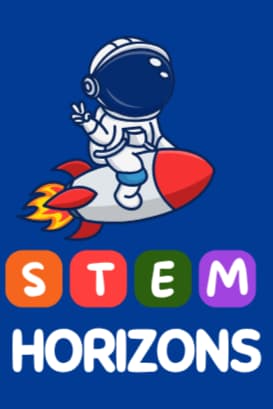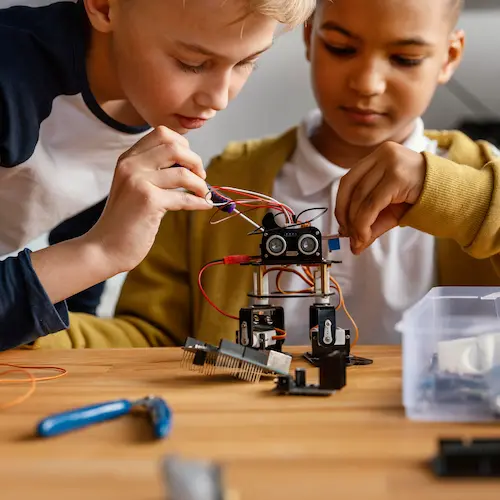In today’s classrooms, engaging students can be a challenge. With the growing use of screens and standardized tests, it’s easy for subjects like science or math to feel abstract and disconnected. That’s where hands-on STEM learning makes a powerful difference. It transforms passive learning into active discovery—bringing concepts to life and making STEM exciting, tangible, and real for students of all ages.
Hands-on learning in STEM isn’t just about completing fun projects—it’s about helping students think critically and explore how the world works. When students design a bridge from craft sticks or build a simple circuit, they aren’t just following instructions—they’re learning engineering design, problem-solving, and the importance of iteration. These are lifelong skills that translate far beyond the classroom.
One of the biggest benefits of hands-on STEM is the opportunity for students to learn from mistakes. In a hands-on environment, failure is not the end—it’s the beginning of the learning process. Students are encouraged to test, evaluate, and try again. This approach builds resilience and confidence, helping students see themselves as capable learners who can solve real-world problems through trial and error.
Hands-on activities also make STEM more inclusive. Traditional textbook learning often favors students who do well with memorization, but hands-on learning provides multiple ways to engage—through touch, movement, experimentation, and collaboration. This allows students with different learning styles, including those who may struggle with reading or test anxiety, to shine in STEM environments.
In addition, hands-on STEM experiences create lasting memories. Students often remember the day they launched a model rocket or coded their first game far more vividly than any lecture or worksheet. These moments of engagement can be the spark that ignites a lifelong passion for science, technology, engineering, or math.
Ultimately, hands-on STEM learning transforms the classroom into a lab for innovation. It prepares students not just for tests, but for life—where curiosity, creativity, and critical thinking are essential. At STEM Horizons, we believe learning should be active, exploratory, and full of possibility. Hands-on learning brings that vision to life, one student at a time.


Leave a Reply